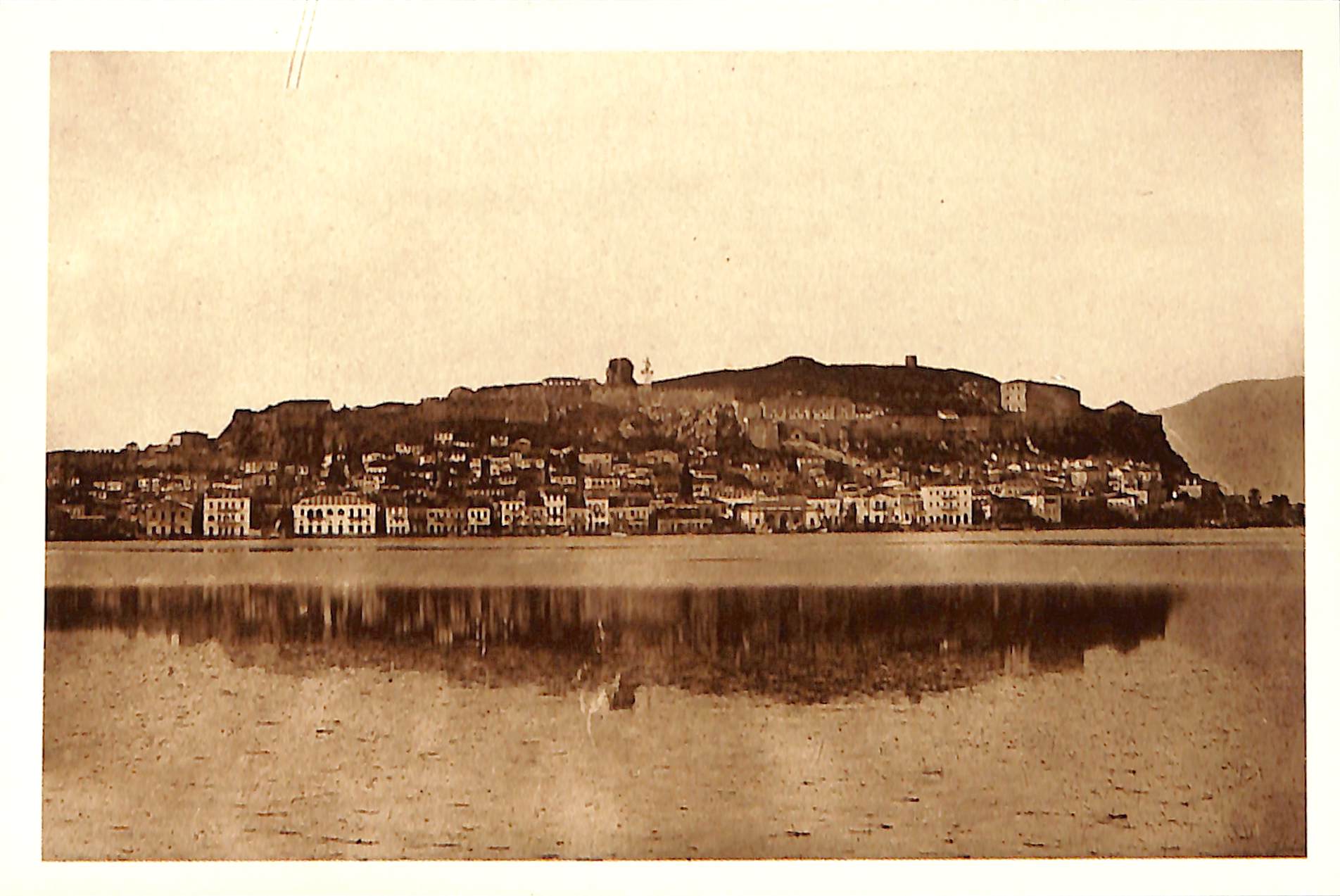
4/28/2025 4:07:38 PM
Nafplio in the 19th century
In 1822, Nafplio was liberated by the Greeks with the surprise capture of Palamidi under the leadership of Staikos Staikopoulos. In 1827, the city was chosen as the capital of the newly formed Greek state. In 1828, the first governor of Greece, Ioannis Kapodistrias, arrived in Nafplio, where he governed until 1831. In September 1831, outside the Church of Saint Spyridon, one of the darkest events in modern Greek history occurred: the assassination of the governor by Konstantinos and Georgios Mavromichalis. During his governance, Kapodistrias took steps to ensure a decent standard of living in the city, founding the first organized refugee settlement in modern Greece, known as "Pronoia." Under Kapodistrias, the "Great Road," now known as Vasileos Konstantinou Street, was also created, leading from the Governor's Mansion to Syntagma Square. The Governor's Mansion, which was built in 1829 to house the offices of the new Greek government and the residence of the governor, was completely destroyed in a fire in 1929.
In 1833, the young Otto arrived in Nafplio, where he governed until September 1834, when the decision was made to move the capital to Athens. In 1862, the city became the focal point of events with the uprising against Otto, known as the "Nafplio Uprising." Starting in 1866, the systematic demolition of the walls and bastions of the lower town began, completing in 1932. The only bastion that remains from the fortifications of the lower town is the "Five Brothers." Pictured: View of the city of Nafplio and the Palamidi Fortress from the sea in 1890. ©Municipal Photography Museum of Kalamaria ‘Christos Kalemkeris’.

